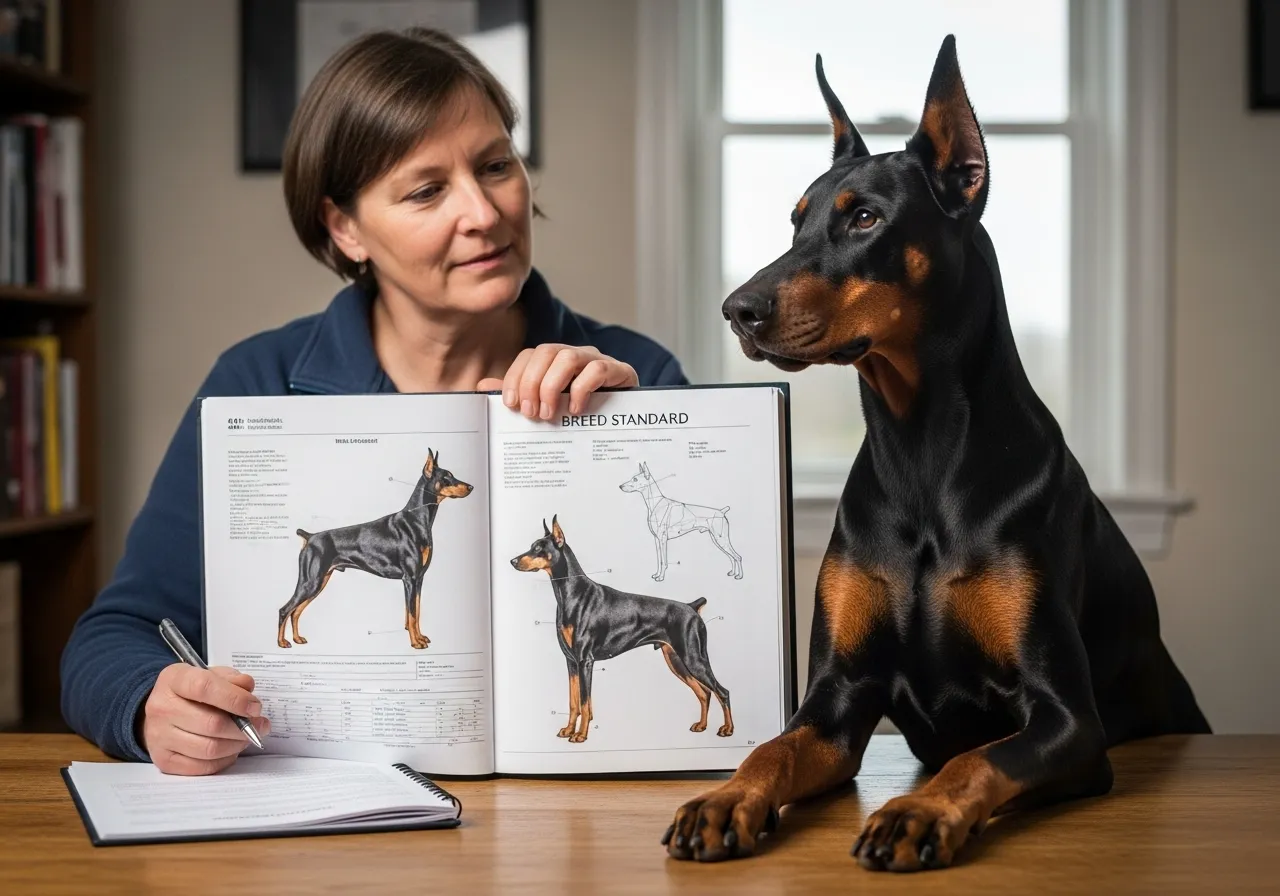
What Does “Purebred” Really Mean? A Look at Genetics and Breed Standards
Before we can compare the health of purebreds versus mixed-breed dogs, we need to understand what “purebred” actually means from a genetic standpoint. A purebred dog is the offspring of two dogs of the same breed, with its lineage recorded and registered by a kennel club, such as the American Kennel Club (AKC). The key genetic feature of a purebred population is its “closed studbook.” This means that for generations, only dogs within that specific breed registry have been allowed to contribute to the gene pool.
This practice began in the 19th century when breed clubs were formed to standardize dogs for specific functions, from herding sheep to retrieving waterfowl. To do this, they created breed standards—detailed written descriptions of the ideal appearance, temperament, and structure for a dog of that breed. Breeders then select parent dogs that most closely conform to this standard, aiming to produce predictable and consistent offspring. This selective breeding is incredibly effective at producing dogs with specific traits, which is why a Border Collie instinctively herds and a Beagle is driven to follow scents.
However, this process has a significant genetic consequence. By closing the gene pool and repeatedly selecting for a narrow set of traits, the genetic diversity within a breed shrinks. All individuals within that breed become more closely related over time. This lack of diversity is the root cause of many health concerns associated with purebred dogs. Harmful genetic mutations that were present in the founding dogs can become concentrated in the population.
Furthermore, some breed standards, either intentionally or unintentionally, have encouraged exaggerated physical traits that directly compromise a dog’s welfare. The most prominent example is seen in brachycephalic, or short-skulled, breeds like Pugs, French Bulldogs, and English Bulldogs. The desire for a very flat face and compact skull has led to Brachycephalic Obstructive Airway Syndrome (BOAS), a collection of anatomical abnormalities that make it difficult for these dogs to breathe. Other examples include excessive skin wrinkles in Shar-Peis, which can lead to skin infections, or the extremely long backs of Dachshunds, which predispose them to debilitating spinal issues.















